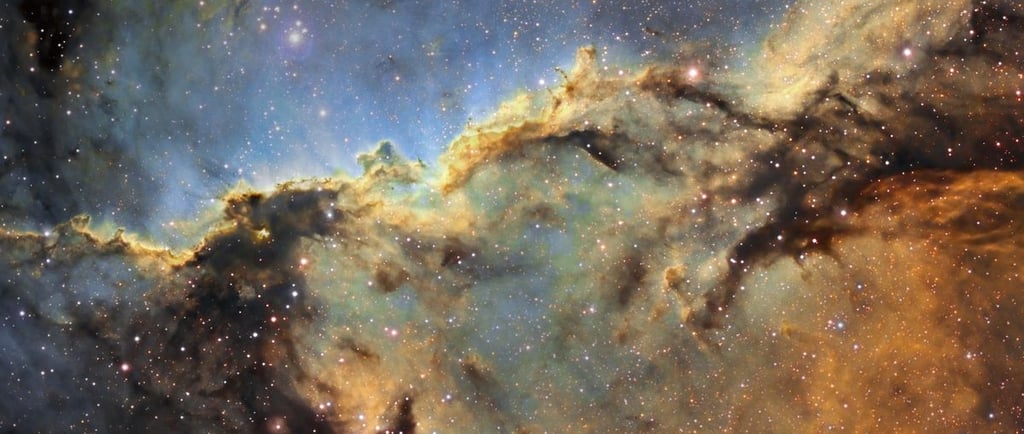PSR B1509-58: The Hand of God


Introduction to Pulsar Wind Nebulae
The universe is home to many astonishing phenomena, one of which is the pulsar wind nebula. This celestial structure consists of material ejected from a star that has undergone a catastrophic explosion, commonly known as a supernova. As the core of this once-mighty star collapses into a pulsar, it emits powerful winds of particles into the surrounding material, significantly influencing the dynamics of the nebula. A prominent example of this fascinating phenomenon is PSR B1509-58, showcasing the remarkable interplay between cosmic forces.
The Formation and Power of PSR B1509-58
PSR B1509-58 is a rapidly spinning pulsar, rotating approximately seven times per second. As remnants of the supernova explosion, this pulsar has a dense core that serves as the energy source for the surrounding nebula, often referred to as the "Hand of God." The nebula is effectively a cloud of stellar material that has been expelled during the supernova event, and it glows with an otherworldly light as it is energized by the pulsar's emissions. The interaction between the pulsar and the stellar material creates a complex environment, where magnetic fields and particle winds coalesce to produce captivating visual displays.
The Role of Particle Winds in Cosmic Evolution
The particle winds emanating from PSR B1509-58 play a crucial role in the evolution of the surrounding interstellar medium. As the pulsar wind interacts with the ejected material, it transforms the nebula, creating shock waves and accelerating particles to high energies. This process contributes significantly to the overall dynamics within the galaxy, influencing star formation and the dispersion of elements produced through stellar nucleosynthesis. The nebula stands as a testament to the life cycles of stars, illustrating how remnants of massive explosions can give birth to new cosmic structures and phenomena.
As we study pulsar wind nebulae like PSR B1509-58, we gain invaluable insights into the intricate processes that govern our universe. The connectivity between ejected material from a star's explosion, the pulsar's explosive energy, and the resultant nebula serves to deepen our understanding of cosmic evolution. Continued exploration of such phenomena promises to unveil even more secrets, allowing us to appreciate the remarkable processes at play throughout our vast universe.
